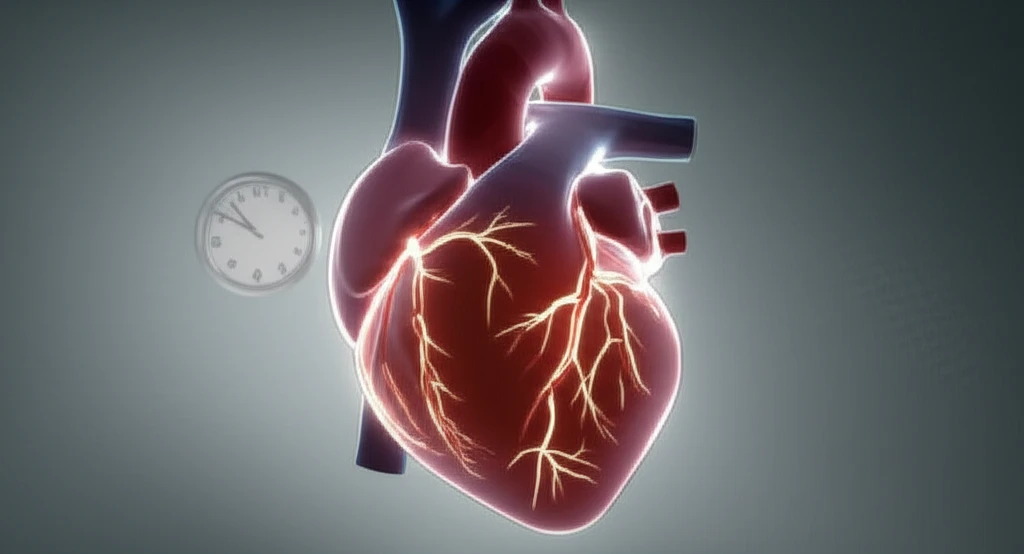
Is Atrial Fibrillation Lurking? How to Spot Early Warning Signs
"New research reveals a surprising link between rapid atrial pacing and increased blood clot risk – and the subtle clues your body might be sending."
Atrial fibrillation (AFib) is a common heart arrhythmia that affects millions, increasing stroke risk. Often, AFib develops gradually, but what if subtle changes in your body could signal early danger? Recent research sheds light on how rapid atrial pacing (RAP), a precursor to AFib, can quickly alter blood clot risk, and more importantly, how to recognize these early warning signs.
While the severe consequences of AFib are well-documented, this article dives into the potentially overlooked early stages. The information here is tailored for a general audience, offering a clear understanding of the connection between RAP, blood coagulability, and what you need to know to stay proactive about your heart health.
We'll break down complex medical findings, explain the implications in plain language, and empower you to take action. Whether you’re at risk for heart issues or simply curious about preventive care, this article provides valuable insights into the subtle signs that could indicate increased blood clot risk due to rapid atrial pacing.
The Surprising Link: Rapid Pacing and Blood Clot Risk

New findings published in "Experimental Animals" reveal a concerning connection: Rapid atrial pacing can swiftly increase blood clot risk. This study examined blood coagulability changes during the acute phase of RAP in dogs, creating a model similar to AFib. Researchers used the Total Thrombus-formation Analysis System (T-TAS) to comprehensively evaluate how blood’s ability to form clots changes in the bloodstream. The results are eye-opening, particularly for those who may be at risk for heart rhythm problems.
- Speed Matters: Blood coagulability can change significantly within 30 minutes of rapid atrial pacing.
- Location, Location, Location: The most dramatic changes occurred in the atrial blood, not necessarily in peripheral blood.
- T-TAS Tool: The Total Thrombus-formation Analysis System (T-TAS) offers a comprehensive evaluation of blood’s thrombogenicity.
Take Action: Protecting Your Heart Health
The research highlights the urgency of early detection and intervention. Being aware of the subtle changes in your body is crucial. Consulting with your healthcare provider about your heart health risk factors and potential monitoring strategies is a proactive step in maintaining your well-being.
While this study focused on induced RAP in a controlled setting, the findings underscore the potential benefits of early anti-thrombus treatments. More research is needed to fully understand the implications for humans, but the initial results suggest that swift action can make a significant difference.
By staying informed and partnering with your doctor, you can proactively manage your heart health and mitigate potential risks associated with rapid atrial pacing and atrial fibrillation. Early detection and intervention remain your strongest allies in the fight against heart-related complications.
